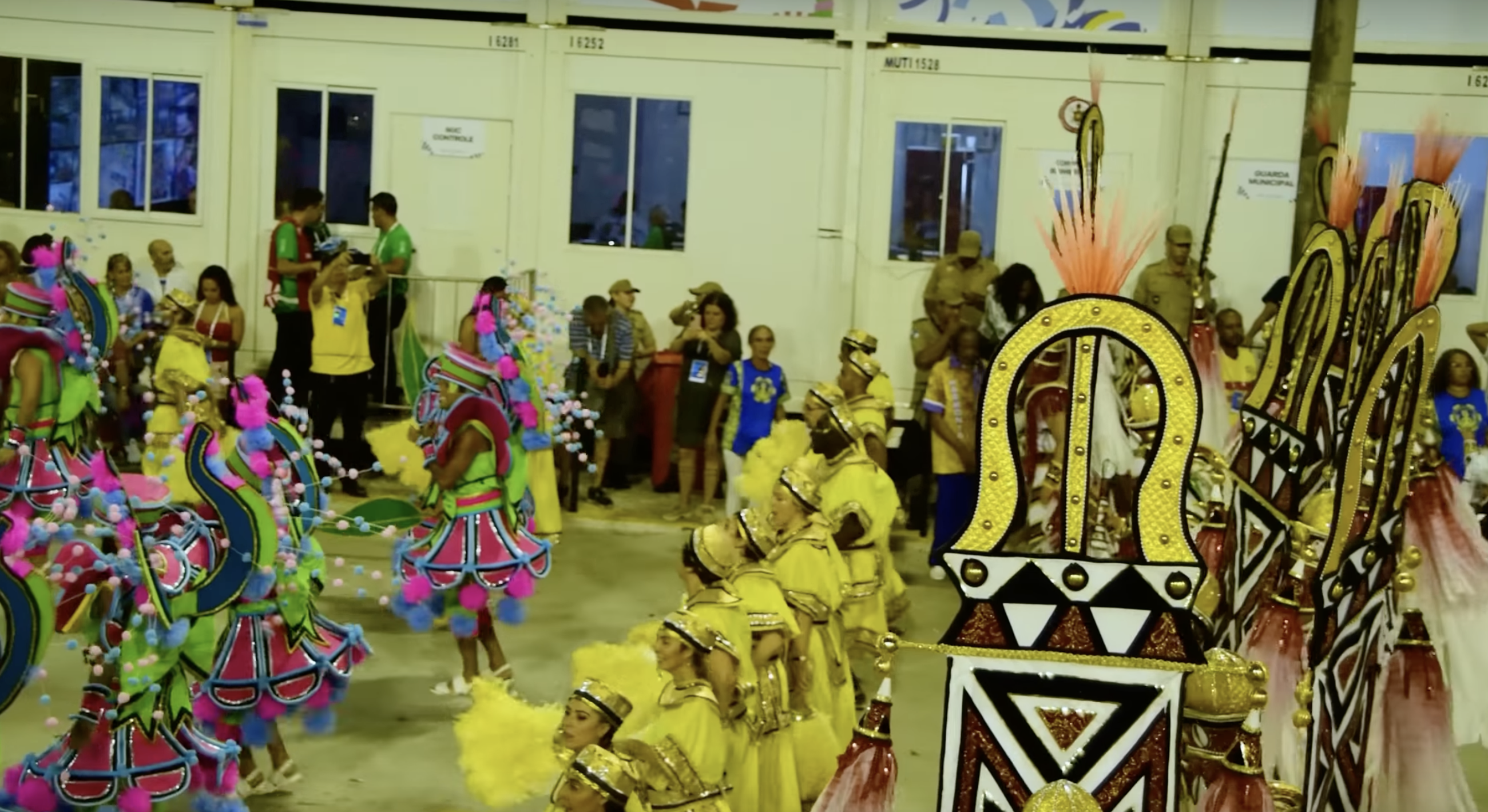
Carnaval: A Colorful Celebration Linked to Mardi Gras
Origins and significance
The origins of Carnival go back to ancient times, with pagan festivities celebrating the return of spring. Over time, these celebrations were integrated into Christian traditions, becoming a time of rejoicing before the 40 days of fasting and penitence of Lent.
Carnival celebrations around the world
Carnival is celebrated in different ways in different cultures. In Europe, for example, Venice Carnival is famous for its elegant masks and mysterious atmosphere. In Brazil, the Rio Carnival is renowned for its spectacular parades and frenzied sambas. Each country, town and even village has its own way of celebrating, with its own costumes, music, dances and traditions.
Mardi Gras: the height of Carnival
Mardi Gras, which literally means “Fat Tuesday” in French, is the high point of Carnival. This day is associated with the consumption of rich, fatty foods before the fasting of Lent. It’s a time of joy and excess, when the usual rules are often suspended and people indulge in all manner of pleasures.
Cultural and social impact
Carnival is more than just a party; it plays an important role in culture and social cohesion. It’s a time when social barriers come down, when people come together to celebrate life. It’s also an opportunity for artists and craftspeople to showcase their talents, notably through the creation of costumes and floats.
Conclusion
In conclusion, Carnival is a time of joy and freedom, a time when people can forget their everyday worries and immerse themselves in a world of festivities and celebrations. It reflects the richness of cultures and traditions from all over the world, and remains an event eagerly awaited by millions of people every year.





